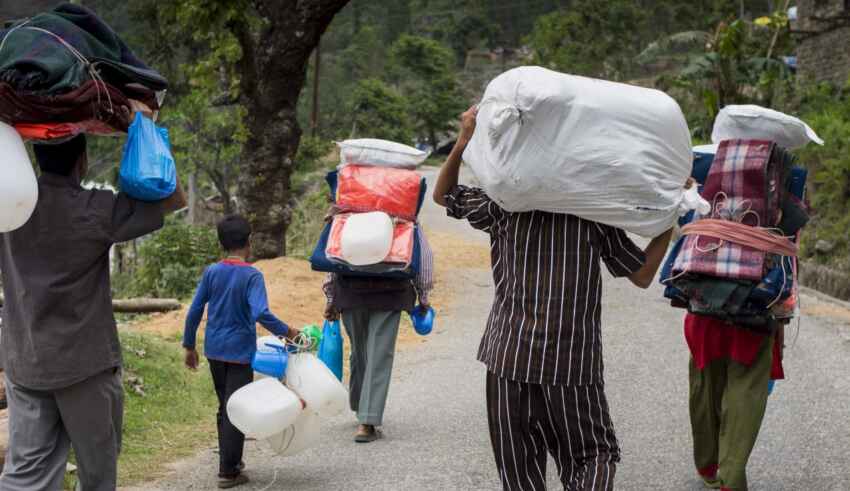
Even before 2000, the impact of climate change on human migration became a matter of discussion among the scientific community. Reports of the Intergovernmental Panel on Climate Change (IPCC) in the 1990s predicted that the destruction of the environment would lead to massive population displacement in the following years. In 2001, the World Disasters Report of the Red Cross and Red Crescent Societies confirmed an estimation of 25 million current environmental refugees that was reported a few years before. Fast forward a couple of years, in 2022, the U.N. High Commissioner for Refugees noted that an average of 21.5 million people annually are forced to leave their houses due to natural disasters. In addition, according to the Report, on the impact of climate change and the protection of the human rights of migrants issued by the Special Rapporteur on the human rights of migrants in May of 2022, over the next 30 years, the number of displaced people because of climate change is estimated to reach 216 million.
There is a lot of discussion on whether these people that left their houses due to environmental pressures should be called “climate migrants” or “climate refugees”. It is a significant distinction that should be made, as international law provides different protection for the two groups. The United Nations’ 1951 Convention and 1967 Protocol relating to the status of refugees apply restrictively to those fleeing prosecution because of their race, religion, nationality, political opinion, or particular social group. Additional issues with the use of the term refugee are that the majority of those displaced by climate-related reasons move within their borders. Also, usually, the concept of a refugee implies the prospect of return once the circumstances allow it, which is not the case with environmental destruction, while there is the concern that expanding the definition of a refugee to climate migrants will affect the international effort for the existing refugees.
As environmental, political, and socioeconomic degradation are interrelated, identifying climate migrants is challenging. While natural disasters are usually followed by poverty, violence, and political instability, climate change is considered a contributing factor to populations leaving their homes. The UN Refugee Agency noted that 90% of the refugees under its mandate come from countries “on the front lines of the climate emergency.” However, that makes the classification of environmental disasters as a primary reason that drives migration difficult. While, to this day, no country offers asylum to environmental migrants, the UNHCR, through legal guidelines published in 2020, has set a framework for the protection of those fleeing their homeland because of global warming.
Although the international community has made significant efforts to adopt a more inclusive law that will also apply in cases of people displaced by the effects of climate change, not much has been achieved until now. The failure of redefying the 1951 Refugee Convention to include climate migrants has been a severe impediment in the protection of such categories of persons. The expansion of the concept of a refugee to include climate migrants and the development of policies that will set as a priority the safety of those people rather than locking down the borders is now more necessary than ever. As Amali Tower, founder and executive director of Climate Refugees, said: “We’ve got to approach climate displacement as a human security issue and not a border security issue.”
By The European Institute for International Law and International Relations.












